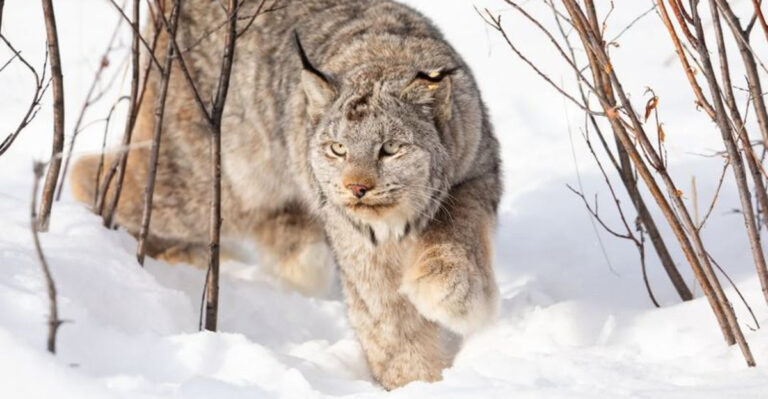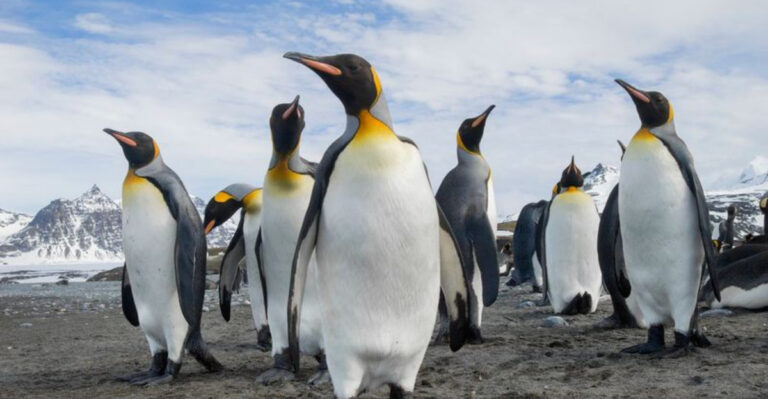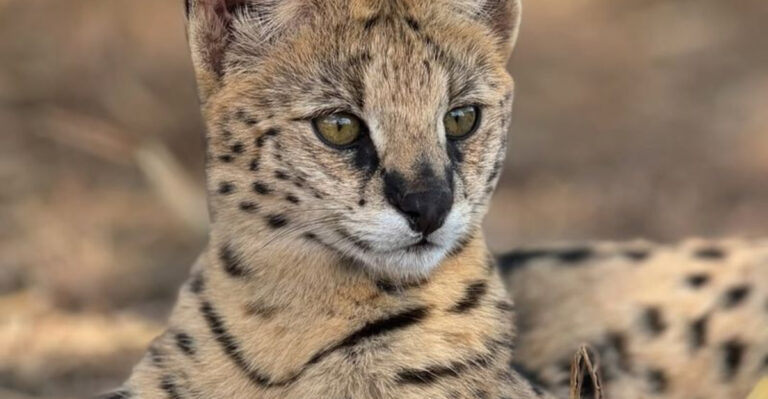Grey Whale: The Knuckle-Backed Giant Of The Deep
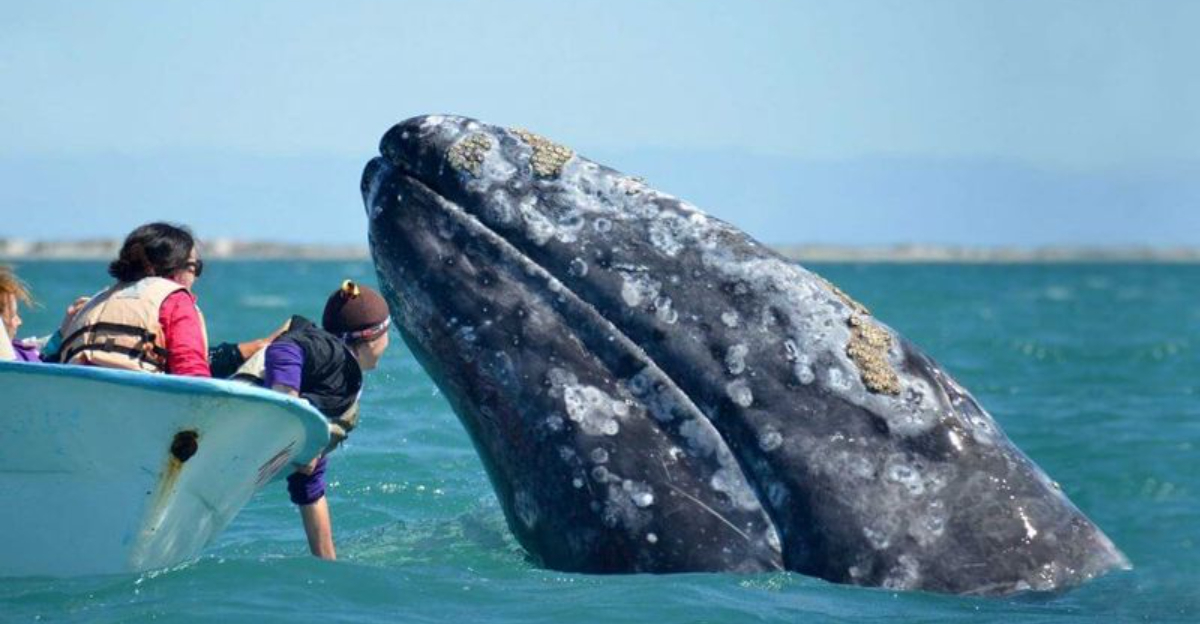
The grey whale, with its distinctive knuckled back and mammoth size, stands as one of the ocean’s most remarkable creatures.
These gentle giants migrate farther than almost any mammal on Earth, traveling thousands of miles between feeding and breeding grounds.
Despite their massive frames, grey whales display remarkable intelligence and gentleness that has fascinated scientists and whale watchers alike for generations.
The Mysterious Knuckle-Back Mystery
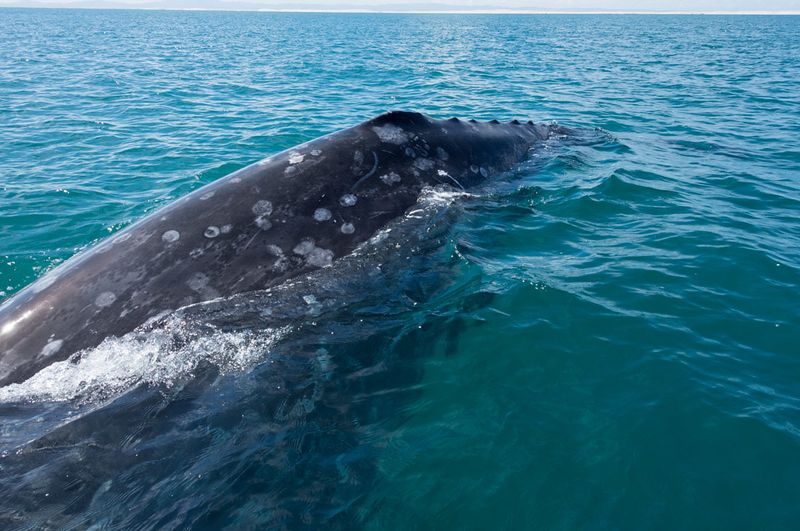
Grey whales earned their ‘knuckle-backed’ nickname from the series of bumps along their dorsal ridge. These aren’t actually knuckles but a line of bumps called ‘knuckles’ or ‘dorsal humps’ that replace the dorsal fin found on other whale species.
Scientists believe these knuckles might help the whale maintain stability while swimming. The bumps are also home to barnacles and whale lice, creating mini-ecosystems on the whale’s back.
When a grey whale dives, you’ll often see this distinctive knuckled ridge cutting through the water before the tail fluke appears – a telltale sign that separates them from other whale species.
Marathon Migrants Of The Sea
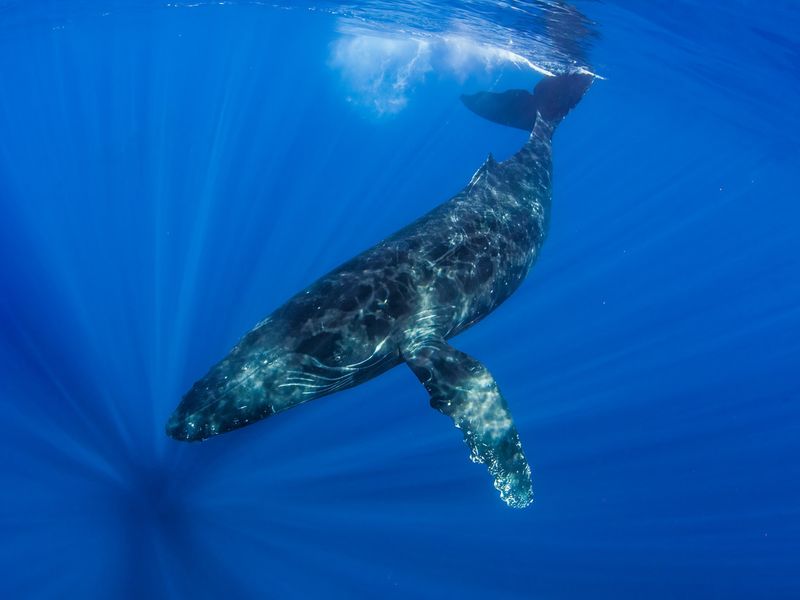
Hold onto your hats – grey whales make the longest migration of any mammal on Earth! These ocean travelers journey a mind-boggling 10,000-14,000 miles round trip each year between their Arctic feeding grounds and warm Mexican lagoons.
The epic voyage takes 2-3 months each way. During this incredible journey, grey whales often travel close to shorelines, making them one of the most viewable whale species for coastal observers.
Some scientists call them the ‘marathon champions’ of the animal kingdom. A tagged female once completed a record-breaking 13,988-mile round trip – that’s like swimming halfway around the world!
Feeding Through Mud Clouds
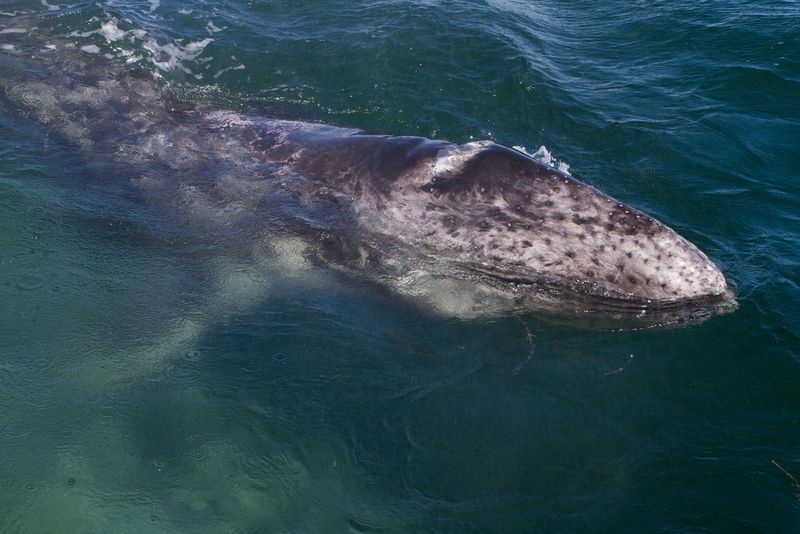
Grey whales are bottom-feeders with a truly bizarre eating style. Rolling onto their sides, they scoop massive mouthfuls of seafloor sediment, creating cloudy underwater “mud plumes” visible from above.
Their unique filtering system pushes water and mud out through their baleen plates while trapping tiny crustaceans, tube worms, and other tasty morsels. A hungry grey whale might create over 60 feeding pits in a single day!
This peculiar feeding style leaves distinctive marks on the ocean floor. Scientists have discovered that these feeding pits actually help redistribute nutrients and support new marine life – making grey whales underwater gardeners of sorts!
Barnacle Hotels
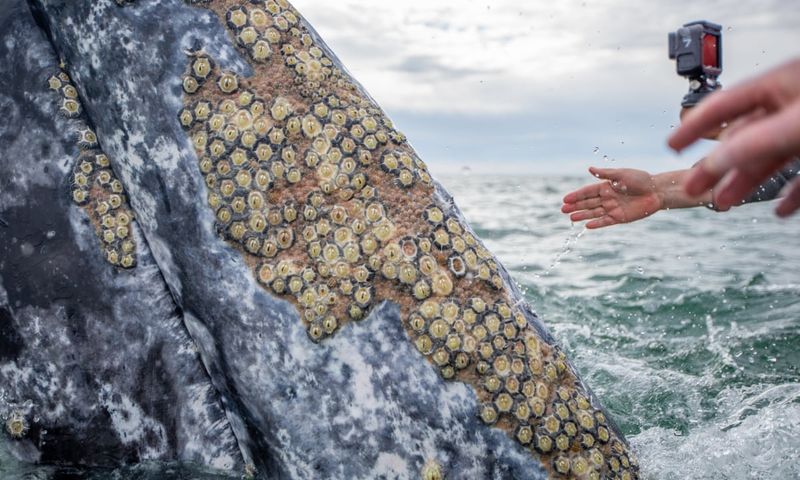
Grey whales are basically walking – or rather, swimming – apartment complexes for marine hitchhikers! Their skin hosts more barnacles than any other whale species, sometimes carrying up to 400 pounds of these crusty passengers.
The most common barnacle species found on grey whales is aptly named Cryptolepas rhachianecti, which exists nowhere else in the world. These barnacles attach themselves primarily to the whale’s head, back, and tail flukes.
Besides barnacles, tiny orange crustaceans called whale lice also make their homes in the folds of the grey whale’s skin. Together, these creatures create unique patterns on each whale that help researchers identify individuals – nature’s version of a fingerprint!
The Great Comeback Story
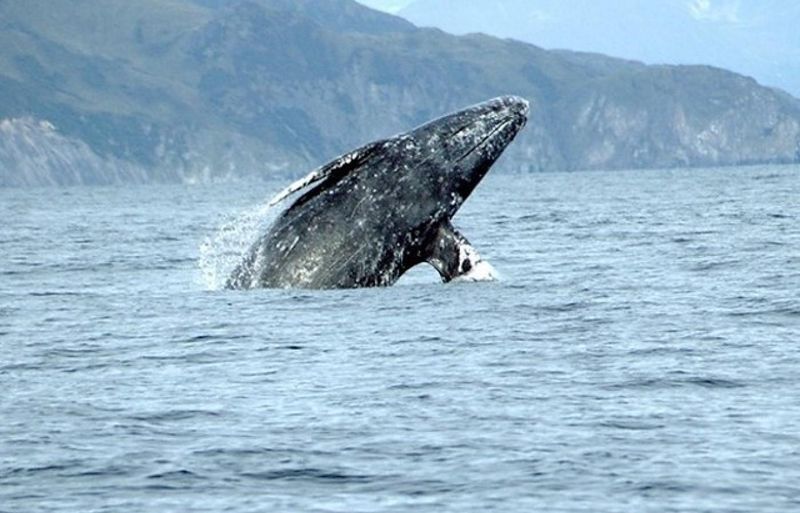
Grey whales staged one of the greatest wildlife comebacks in history. Commercial whaling in the 1800s and early 1900s pushed them to the brink of extinction, with perhaps fewer than 2,000 remaining worldwide.
After receiving protection in 1946, their eastern North Pacific population rebounded remarkably. Today, approximately 20,000 grey whales swim those waters – a conservation success story worth celebrating!
Sadly, their western Pacific cousins weren’t so fortunate. That population remains critically endangered with only about 200 individuals left. Scientists continue monitoring both populations closely, as recent unusual mortality events have raised new concerns about their future.
The Friendly Whales Of Baja
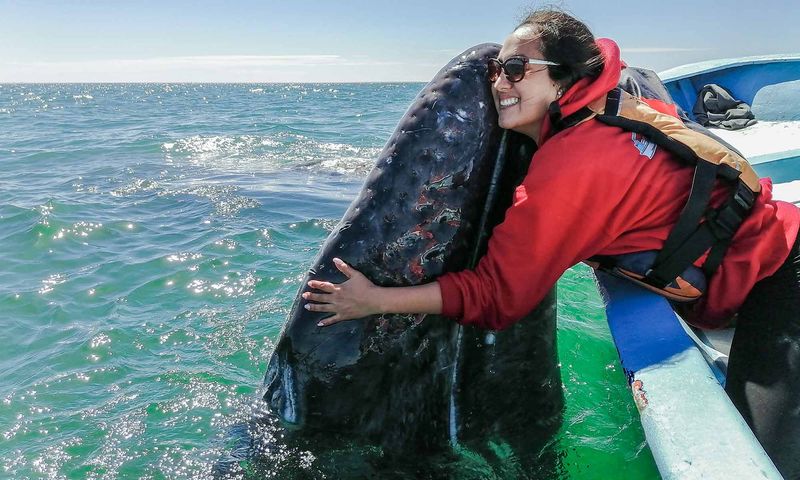
In Mexico’s San Ignacio Lagoon, grey whales display behavior so unusual it’s been dubbed the “friendly whale phenomenon.” Mother whales actually approach small boats, often lifting their calves to meet humans – behavior virtually unheard of in wild animals, especially those once hunted by humans.
This extraordinary friendliness began in the 1970s and continues today. No one fully understands why these massive creatures seek human interaction.
Local guides report that some individual whales return year after year, seemingly recognizing specific boats and people. This remarkable interaction has transformed local fishing communities into whale-watching destinations and created powerful advocates for grey whale protection.
Ancient Hunters’ Prize
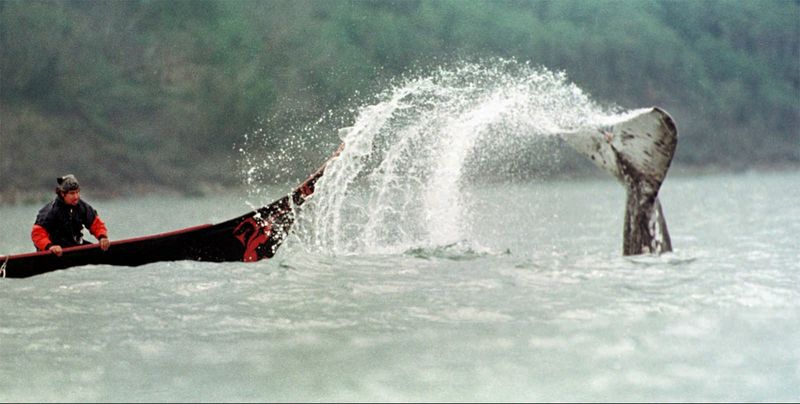
Indigenous peoples of the Pacific Northwest maintained a sacred relationship with grey whales for thousands of years. The Makah tribe of Washington state and First Nations of Vancouver Island developed specialized hunting techniques using cedar canoes and handcrafted harpoons.
These hunts were surrounded by elaborate spiritual ceremonies and strict waste-prevention protocols. Every part of the whale was used – meat for food, blubber for oil, bones for tools and art.
After voluntarily pausing hunting for decades due to conservation concerns, some tribes have sought to resume limited traditional hunts. This has sparked complex debates balancing indigenous rights, cultural preservation, and modern conservation ethics – with no easy answers.
The Loudest Ocean Singers
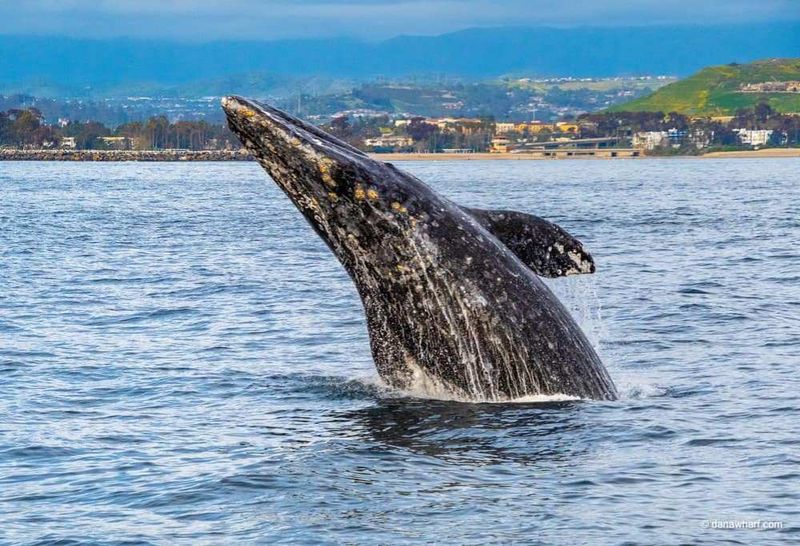
Grey whales are the rock stars of the deep! Their vocalizations can reach an ear-splitting 185 decibels underwater – louder than a jet engine at takeoff. These powerful sounds can travel for miles through ocean waters.
Their vocal repertoire includes moans, knocks, grunts, and a mysterious “metallic pinging” sound that scientists are still trying to decipher. Mother and calf pairs communicate constantly with soft calls that strengthen their bond.
Researchers believe grey whales might use sound for navigation during migration, similar to echolocation. Underwater noise pollution from ships presents a growing threat to these acoustic communicators, potentially disrupting their ability to find food, mates, and maintain social connections.
Baby Giants
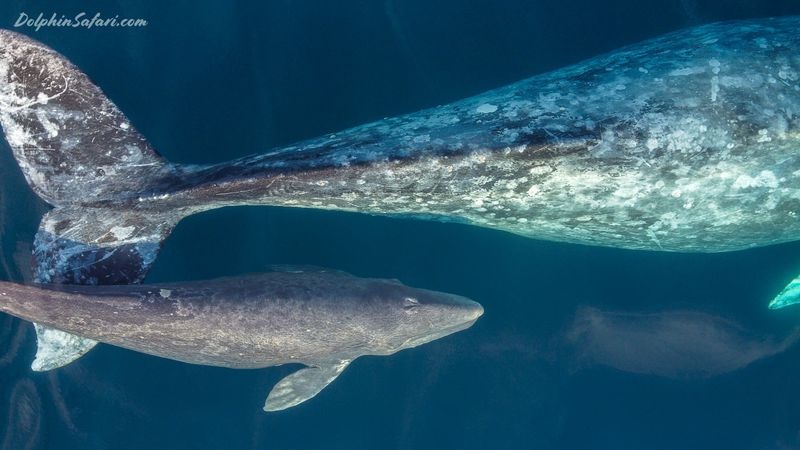
Grey whale calves enter the world with a splash – already measuring an impressive 15 feet long and weighing about 1,500 pounds! That’s roughly the size of a pickup truck.
These enormous babies drink up to 50 gallons of their mother’s rich milk daily, gaining a staggering 60-70 pounds every 24 hours. The milk contains over 50% fat (human milk has about 4%), providing the energy needed for rapid growth and the long migration ahead.
Mothers are fiercely protective, positioning themselves between their calves and potential threats. The shallow, protected lagoons of Baja California provide crucial nursery grounds where calves can build strength before facing the dangerous journey north.
Spy-Hopping Sentinels
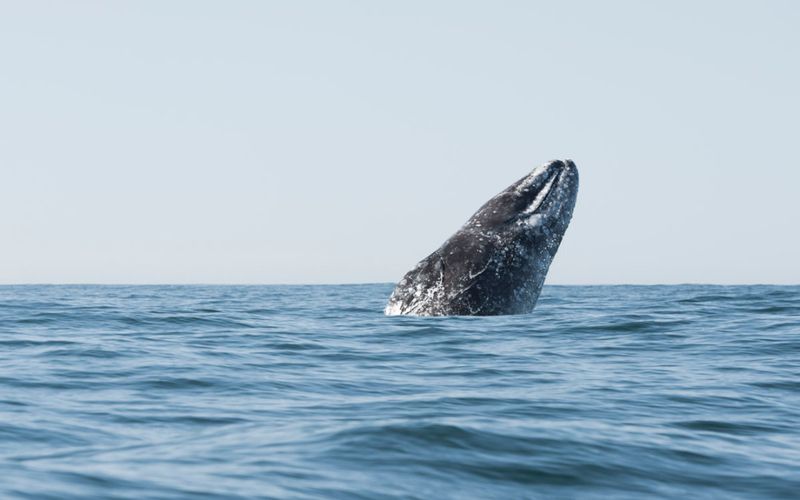
Ever wonder what a whale sees above water? Grey whales perform a behavior called “spy-hopping” – rising vertically out of the water with their heads held high above the surface. This peculiar pose allows them to peek at what’s happening in the world above.
Scientists believe grey whales use this behavior to orient themselves visually during migration, possibly using coastal landmarks. They might also spy-hop to check out boats or observe human activity along shorelines.
When spy-hopping, a grey whale can hold the position for several minutes, sometimes rotating slowly for a panoramic view. Next time you’re whale watching, keep an eye out for these curious ocean giants taking a peek at your world!
The 40-Year Mystery
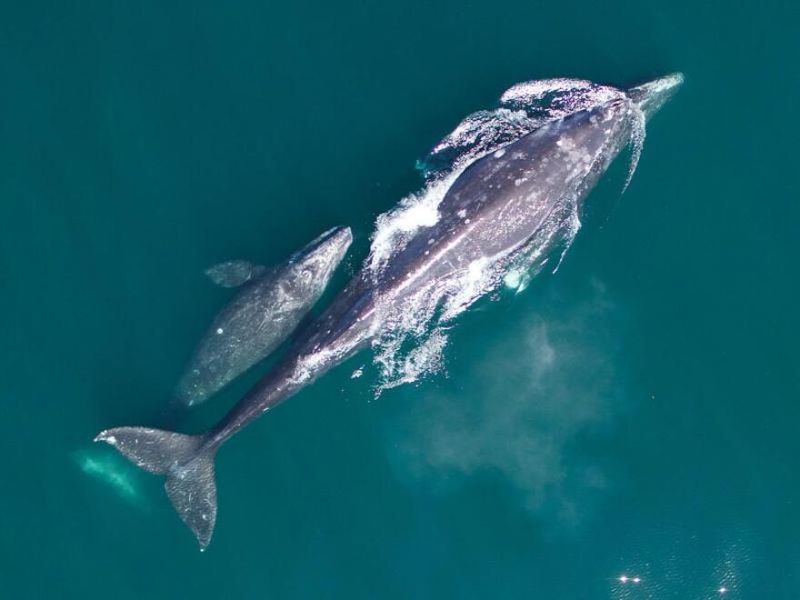
For nearly 40 years, scientists lost track of grey whales’ summer feeding grounds – one of zoology’s most baffling disappearing acts! Researchers knew they migrated north from Mexico but couldn’t locate where most of the population actually fed during summer months.
The mystery was finally solved in the 1970s when scientists discovered the majority were feeding in the remote Chirikov Basin between Alaska and Russia. This region’s shallow seafloor proved perfect for their bottom-feeding technique.
Climate change now threatens this critical feeding habitat. Warming waters are shifting the abundance and location of their prey, forcing grey whales to adapt their feeding strategies and locations – a concerning development for a species that relies on predictable food sources.
Prehistoric Ocean Giants
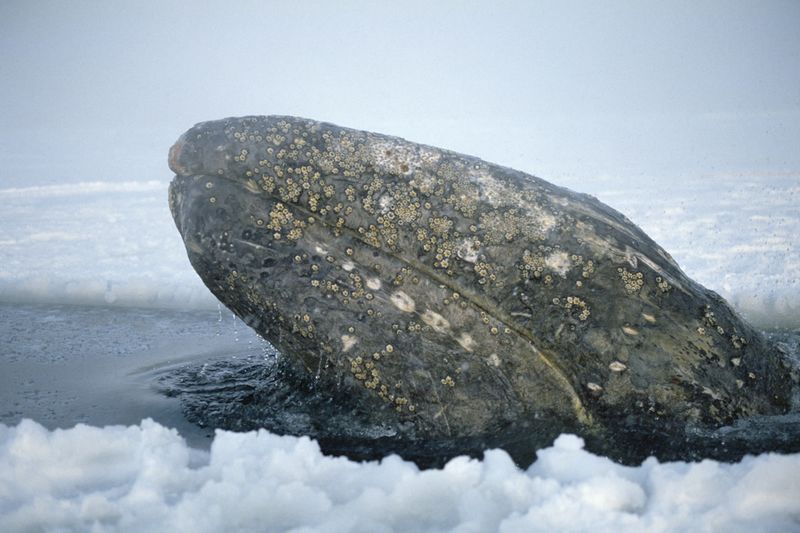
Grey whales are living fossils with an evolutionary history stretching back 30 million years! Fossil records show they once swam in both the Atlantic and Pacific Oceans before disappearing from Atlantic waters in the 1700s due to hunting.
Their ancient lineage is evident in their unique body structure. Unlike other baleen whales, grey whales lack a dorsal fin – instead sporting that distinctive knuckled ridge that might represent an evolutionary adaptation for coastal feeding.
Exciting news came in 2010 when a grey whale was spotted in the Mediterranean Sea and again in 2013 off Namibia’s coast. These sightings sparked hope that this ancient species might someday reclaim its Atlantic range through natural recolonization.
The Ocean’s Gardeners
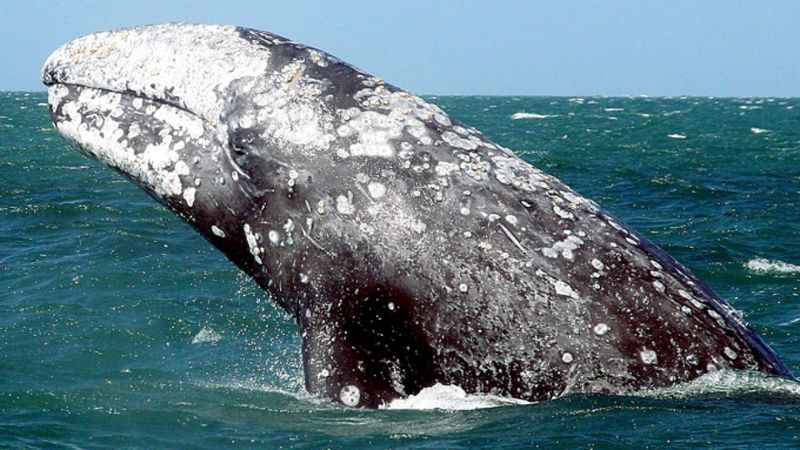
Grey whales are nature’s underwater landscapers! Their unique bottom-feeding style – scooping up sediment and filtering out food – significantly reshapes the seafloor environment.
When feeding, a single grey whale can move nearly 2,000 pounds of sediment daily. This massive earth-moving operation releases nutrients trapped in seafloor sediments, benefiting countless other marine species. Their feeding pits create microhabitats where new organisms can thrive.
Scientists have discovered that areas where grey whales feed regularly show greater biodiversity than similar areas without whale activity. Their poop also acts as a powerful fertilizer, distributing nutrients throughout the water column. These gentle giants are literally ecosystem engineers!

